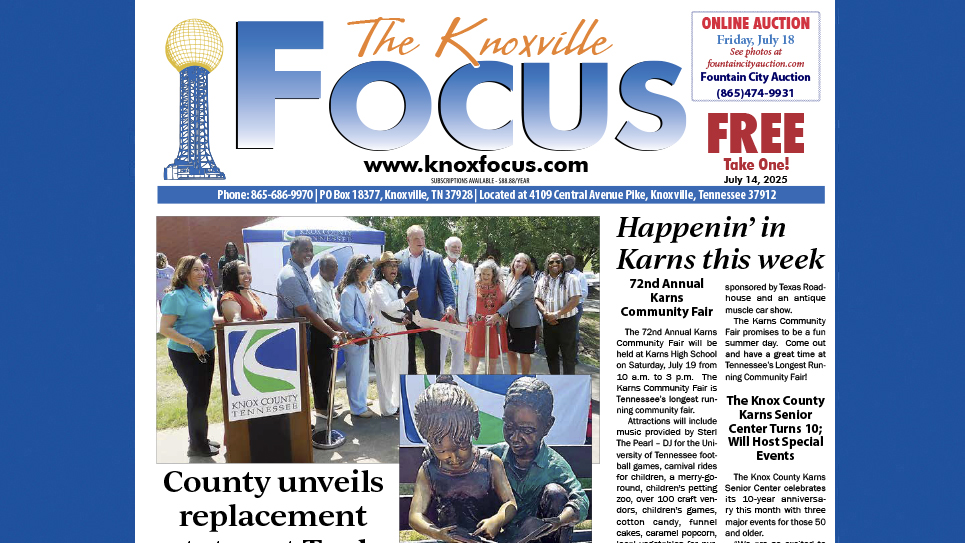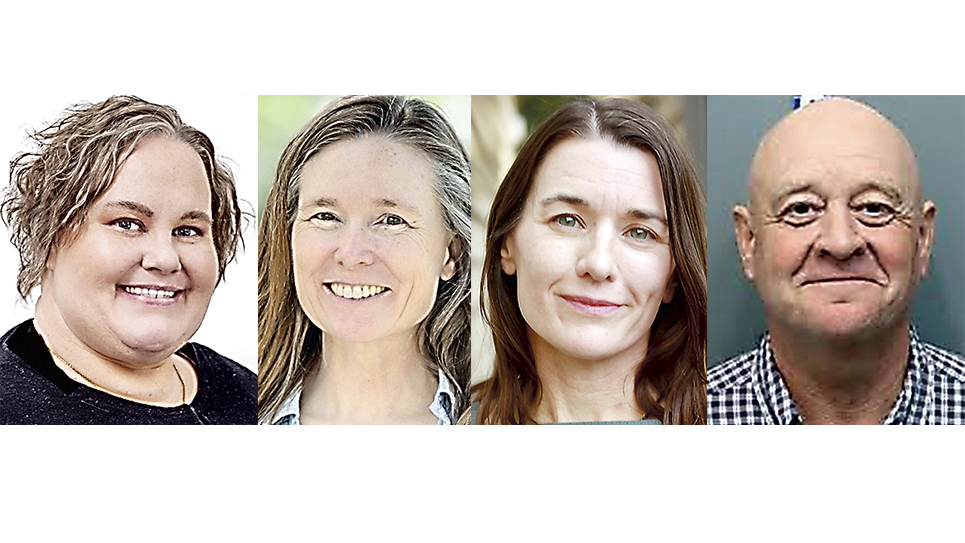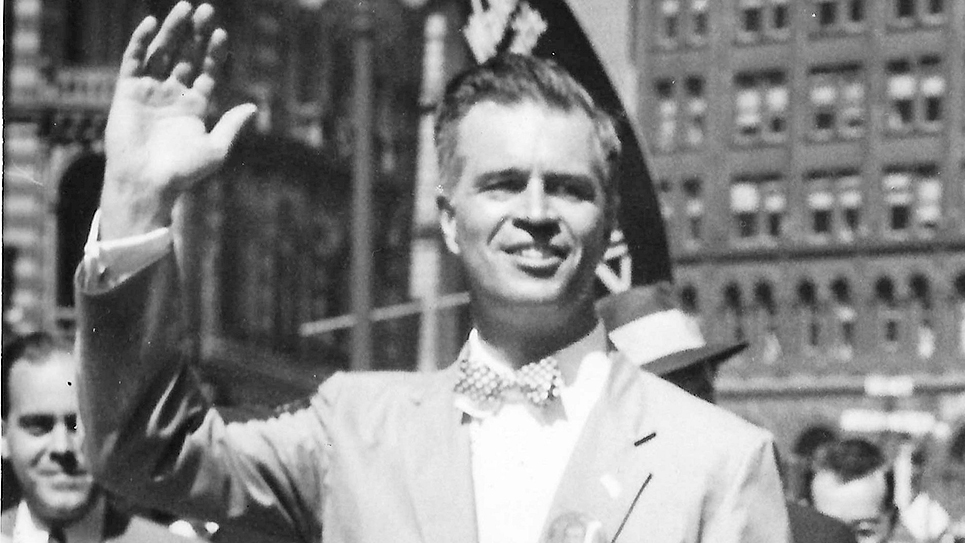By Dr. Jim Ferguson
Like a person’s life, a culture is comprised of stories. And at this time of the year virtually everyone has a Christmas story or a Holiday tradition.
To a certain extent, humans are creatures of habit and comfort. We like things as we remember them and especially those that brought joy like we experienced on Christmas morning as a kid.
The Christmas story is well known to the faithful and even nonbelievers. Interestingly, the story exists in our minds as a composite. We know of Jesus’ birth from the gospel accounts in Matthew and Luke which were written down nearly a half century later. Nonetheless, I believe these stories are valid because the gospelers were inspired. The writers were not scientists or historians, but their stories would have vanished in the sands of time if the stories lacked a truth which resonates even today. Their focus was on the spiritual implications of an otherwise obscure birth in a small Judean town. Ultimately, this birth, two millennia ago, changed the world.
Since I’m Protestant Christian and an internist, the account by Luke particularly resonates with me. Writing in the late fifties (AD), Luke begins his account after he had “carefully investigated everything from the beginning,” just as an internist would do. Luke then tells the story of John the Baptist’s parents, including a visitation by the angel Gabriel who then appeared to Mary, Jesus’s mother.
Two thousand years ago there were four major Hebrew factions operative in Judea. There were Zealots who wanted a Jewish revolution to throw off Roman rule. There were Essenes who felt the culture was rotting and ultimately withdrew to a cloistered existence in places like Qumran where the Dead Sea Scrolls were found.
The other two factions were the Sadducees and Pharisees. These were especially active during Jesus’ ministry thirty years later. The Sadducees were the “go along to get along” crowd who controlled the lucrative Temple money exchange concession. They did not believe in an afterlife nor did they believe in angels. Pharisees believed in “the world to come” and heavenly messengers.
The Greek word for an angel is a messenger. From art we have visions of angels with wings, but the only celestial beings with wings mentioned in the Bible are cherubim and seraphim (Revelations). The movie Michael starring John Travolta is not a reputable reference source for angelic appearance!
There is debate among scholars regarding virgin birth. Suffice it to say there is no way to prove or disprove this. However, just because man can’t measure or prove something doesn’t exclude a miracle, defined as something “inexplicable by natural or scientific laws.”
The Lukan story of Gabriel’s message to Mary offers one of the most magical and mysterious moments in Biblical prose. Mary asks the angelic messenger how she can bear “the son of the Most High.” Gabriel announces, “The Holy Spirit will come on you, and the power of the Most High will overshadow you.” Truly sublime.
A friend of mine is a researcher and a relatively new convert to Christianity. Like me, his faith is strengthened by learning beyond scripture. By analogy, I believe a simple melody is supplemented by a full symphonic orchestra.
My friend uses the power of the internet to supplement scripture with knowledge gleaned from the ancient history of Rome and the Hebrews of Jesus’ time as well as modern science and archeology. He’s found archeological discoveries which offer amazing corroboration of ancient scripture. Also, he’s found that Jesus was probably born in three BC, now supported by astronomical events documented through computer generated models of the heavens in ancient Judea. Herod’s death, once thought to have been in four BC, more than likely occurred in one BC and is supported by modern celestial models. This date dovetails with the massacre of infants and the flight to Egypt recorded in scripture.
As I listened to First Church’s beautiful Christmas Cantata, musically telling the old, old story, I thought about how different venues, experiences and presentations of the same account give nuanced insights. I am challenged to rethink my position when I hear or see something new or moved by something beautiful like the “Hallelujah Chorus” of Handel’s “Messiah.” By the way, did you know the German Handel wrote his “Messiah” in English for Easter rather than for Christmas?
I’m a time-bound philosoph, and historically I focused on the future and less so on the past or the present. However, in the fall of my life I’m trying to be more focused on the present. I was never one to ruminate on the past.
Like children, grandchildren can teach you much if you listen. It was Wordsworth who said, “The Child is father of the Man.” Recently, we were quizzing my grandson about timely family issues by engaging him with small talk. After a bit he became flumocked and told my wife, “BeBe, I can only do right now!” What a profound philosophical truth for a six year old and even a sixty-eight year old.
As 2019 comes to an end, we time-bound creatures often reflect over the past year and think of the next. Don’t worry, I’m not angling toward New Year’s resolutions. My reflections revolve around the notions of being comfortable in the present moment versus complacency. I’m comfortable in my skin, my position and my faith journey. However, I challenge myself with the question whether comfortable is a good place for me to be. The Master said we “will have troubles in this world” and Paul said what you do with troubles defines your life.
And this brings me to complacency, defined as a “smug (excessive pride) or uncritical satisfaction with oneself. After much reflection, I conclude that I am not complacent. However, this is my opinion rather than the Master’s, who sees my soul beyond my facade. I trust that my conscience is directed by the Spirit.
I accept the fact that I am a sinner walking the tightrope of life with faith. Fortunately, one of my favorite writers, Phillip Yancey, offers beautiful solace with the image of a “safety net of Grace” under us all. A good perspective at any year’s end.






